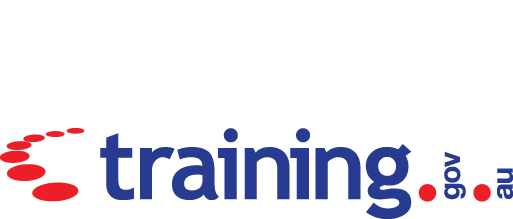Unit of competency
Modification History
Release 1. Supersedes and is equivalent to MSS405022A Design a process layout
Application
This unit of competency covers the skills and knowledge required to design a process layout, typically a cellular flow, for either a jobbing shop or a continuous process manufacturer. This unit provides the skill for a technical expert to apply the principles of competitive systems and practices to process design layout as distinct from volume production layout. While the application of the unit may be for an initial layout, in many cases it is likely to be for the redesign of an existing layout.
The unit is written on the assumption that there is an existing process. Where this is not the case, then additional competency in equipment/process design and selection will also be required through units from an appropriate technical qualification or Training Package.
This unit requires the application of skills associated with problem solving, initiative, enterprise, planning and organising in order to design a process for the manufacture of enterprise products that incorporates team operations, product flow, infrastructure and the layout of the physical environment and related technology. This unit has a strong emphasis on gathering, analysing and applying information.
No licensing, legislative or certification requirements apply to this unit at the time of publication.
Pre-requisite Unit
Nil
Competency Field
Competitive systems and practices
Unit Sector
Not applicable
Elements and Performance Criteria
|
Elements describe the essential outcomes. |
Performance criteria describe the performance needed to demonstrate achievement of the element. |
||
|
1 |
Identify the products and processes used in the organisation |
1.1 |
Obtain or develop a process map of the existing process. |
|
1.2 |
Identify all/main products/classes of products. |
||
|
1.3 |
Obtain forecast sales and sales pattern of products/classes. |
||
|
1.4 |
Obtain profiles of products/classes. |
||
|
1.5 |
Group the products/classes into compatible families. |
||
|
2 |
Engineer the process |
2.1 |
Make a preliminary selection of required equipment/technology/ process for each process or product family. |
|
2.2 |
Estimate required resource times for each family. |
||
|
2.3 |
Calculate total resourcing required for each family. |
||
|
2.4 |
Estimate appropriate lot size. |
||
|
2.5 |
Determine viability of proposed families. |
||
|
2.6 |
Examine draft proposal for possible improvements in process consistent with the competitive systems and practices strategy of the organisation. |
||
|
3 |
Design the infrastructure |
3.1 |
Consult on layout needs with all stakeholders. |
|
3.2 |
Identify physical infrastructure required by system. |
||
|
3.3 |
Identify information and control infrastructure required. |
||
|
3.4 |
Identify work organisation required. |
||
|
3.5 |
Identify work health and safety (WHS) and other regulatory requirements to be taken into account. |
||
|
3.6 |
Identify workforce development and training requirements. |
||
|
3.7 |
Check the availability of required infrastructure and compatibility with requirements. |
||
|
4 |
Lay out the process |
4.1 |
Draft proposed process flow map. |
|
4.2 |
Draft proposed configuration diagram. |
||
|
4.3 |
Draft proposed space plan/layout. |
||
|
4.4 |
Check availability of services/structural suitability, as appropriate. |
||
|
4.5 |
Validate proposed layout with all relevant stakeholders. |
||
|
4.6 |
Layout the process/work cell. |
||
|
4.7 |
Develop implementation plan in liaison with relevant stakeholders. |
||
|
4.8 |
Review layout after implementation. |
||
Foundation Skills
This section describes those required skills (language, literacy and numeracy) that are essential to performance.
Foundation skills essential to performance are explicit in the performance criteria of this unit of competency.
Range of Conditions
|
This field allows for different work environments and conditions that may affect performance. Essential operating conditions that may be present (depending on the work situation, needs of the candidate, accessibility of the item, and local industry and regional contexts) are included. |
|
|
Competitive systems and practices include one or more of: |
|
|
Profiles of products include consideration of all of: |
|
|
Required resource times include consideration of all of: |
|
|
Lot size includes one or more of: |
|
|
Viability includes consideration of all of: |
|
|
Stakeholders include one or more of: |
|
|
Physical infrastructure includes one or more of: |
|
|
Information and control infrastructure includes one or more of: |
|
|
Work organisation includes all of: |
|
Unit Mapping Information
Release 1. Supersedes and is equivalent to MSS405022A Design a process layout
Links
Companion Volume implementation guides are found in VETNet - https://vetnet.gov.au/Pages/TrainingDocs.aspx?q=5b04f318-804f-4dc0-9463-c3fb9a3fe998


